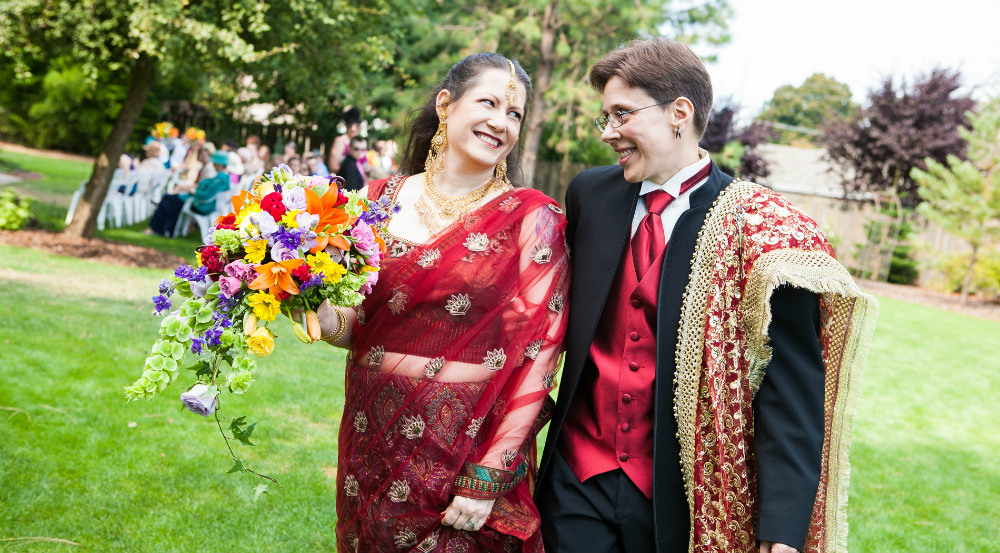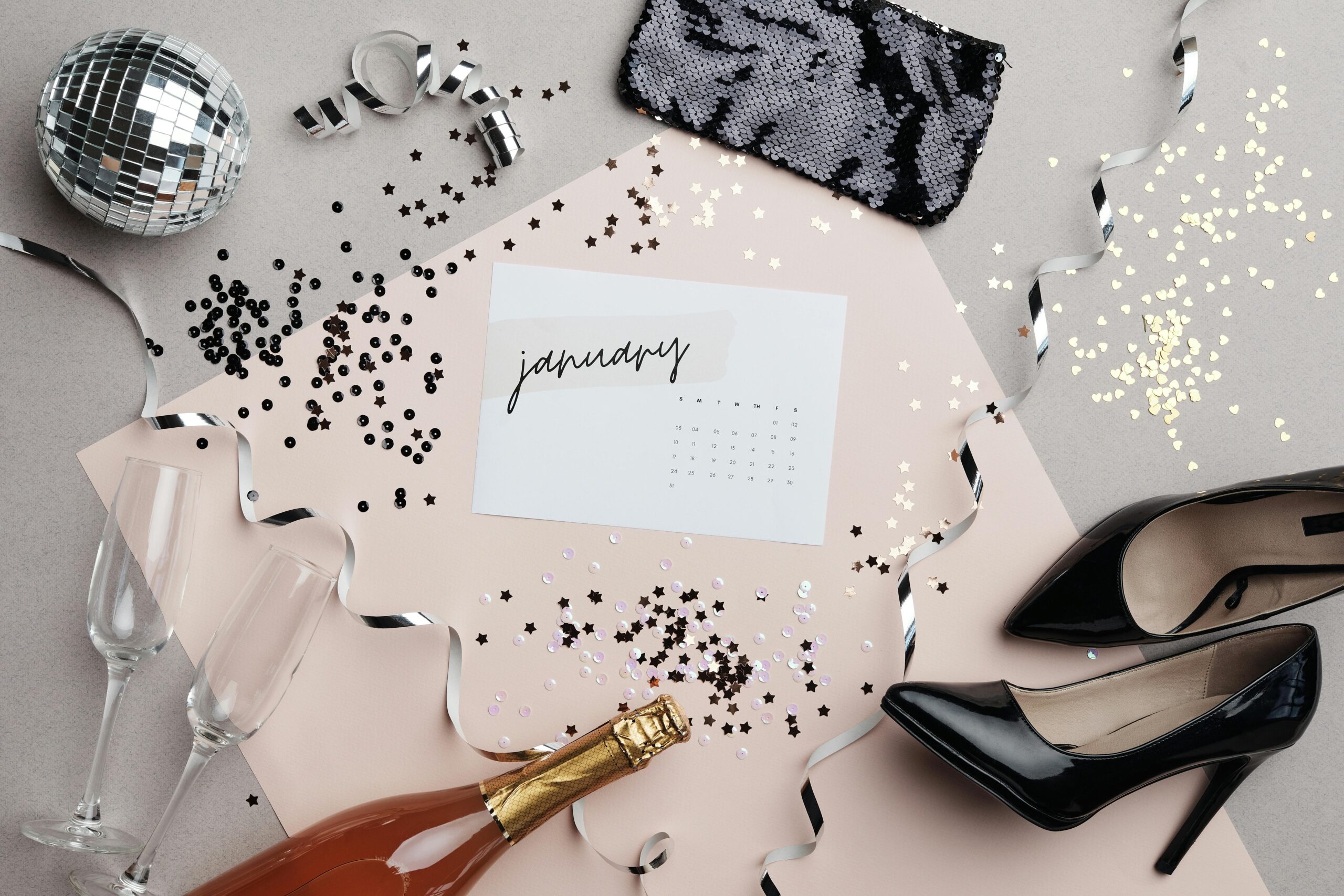Happy New Year! Were you or partner born in January? Or do you wish to honor someone born in January at your wedding? We’ve got great ideas for you! Read on and find out more!
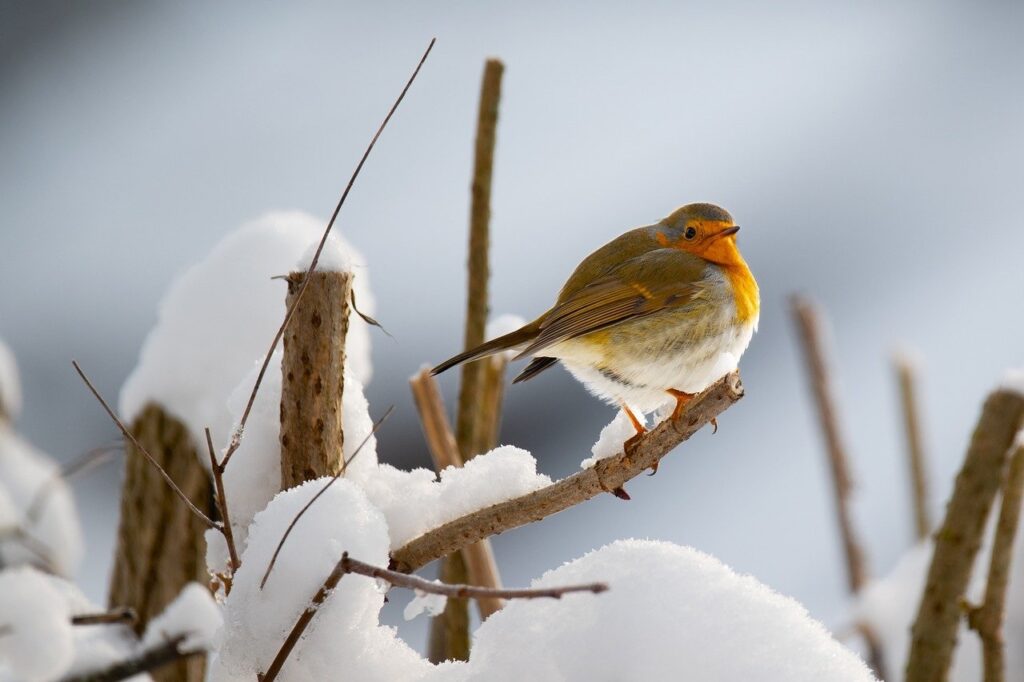
Hey, Christie!
You are the best! I do have one more question: I’d like to honor my mom at my wedding. She was born in January.
Do you have any suggestions?
Thanks in advance!
–Katie, Bewildered in Bremerton, WA
Hey, Katie!
I am happy to help you!
First of all, start with our blog post, “20 Amazing Ways to Honor the Mother of the Bride.”
Next, let’s dive deeper into how you could use January’s birthstone and/or birth flowers to honor your mom. Then I’ll share ways to use these at your wedding.
January Birthstone:
Garnet.
January Birth Flowers:
Carnation
Snowdrop.
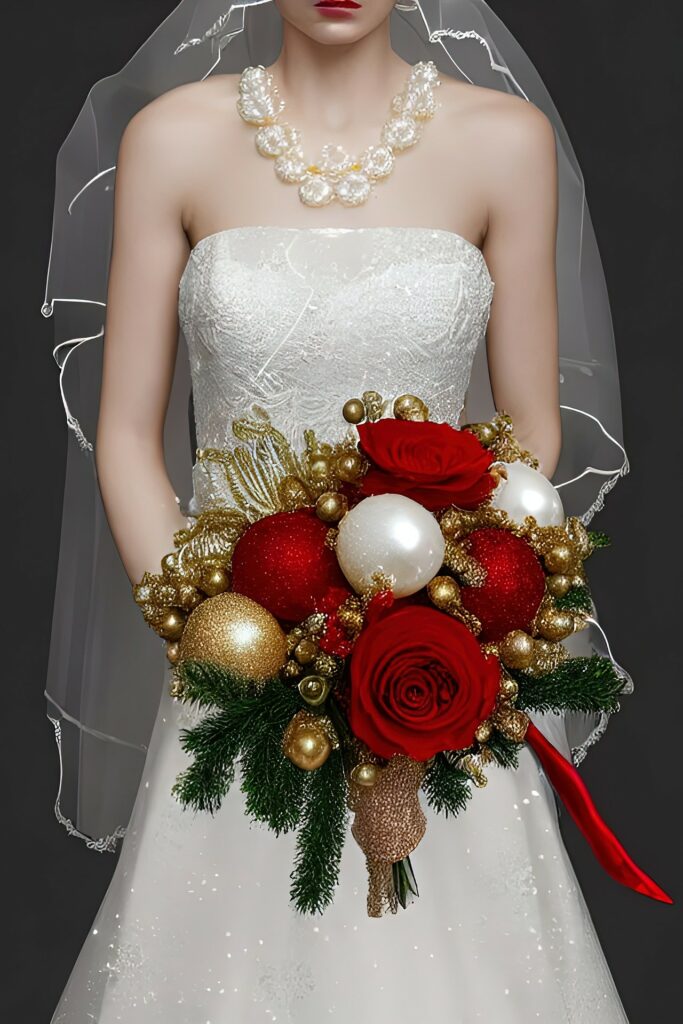

January Birthstone:
Garnet.
Happy New Year! This bright red gem appears to keep the party going all month long!
In which colors do garnets appear?
While most of us are familiar with the bright, red garnet, a garnet is naturally available in various shades of green, orange, purple/red, translucent red, and blue. A few have two colors within the gem so that it looks like one color in daylight and another color at night.
How was the word “garnet” derived?
The word is derived from the Latin word, “garanatus,” which means “seed-like” and refers to the bright red pomegranate seeds which the gemstone resembles.
“Garnet” refers to the gem’s appearance like pomegranate seeds. Often the gem is presented as small grms rather than large gems to focus on its seed-like appearance.
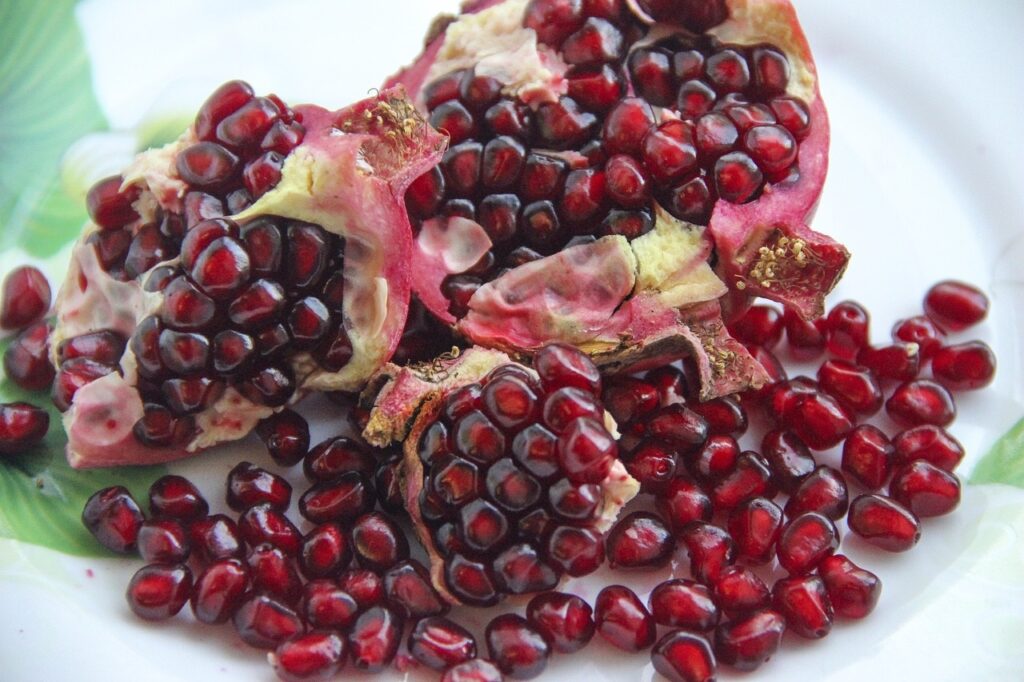

What does a garnet symbolize?
-
Love
-
Commitment & Trust
-
Friendship
-
Protection when traveling.
January Birth Flowers:
Carnation
Snowdrop.
Carnation
Native to the Mediterranean, the carnation is entwined with our earliest peoples. in fact, the Ancient Greeks may have been right: They called the carnation the “flower of the gods.”
The Ancient Greeks—and later the Romans—used carnations in their garlands as art projects and for décor.
Jump ahead centuries, and we find the Elizabethans using carnations to spice up their wines and ales.
Cheers for carnations!
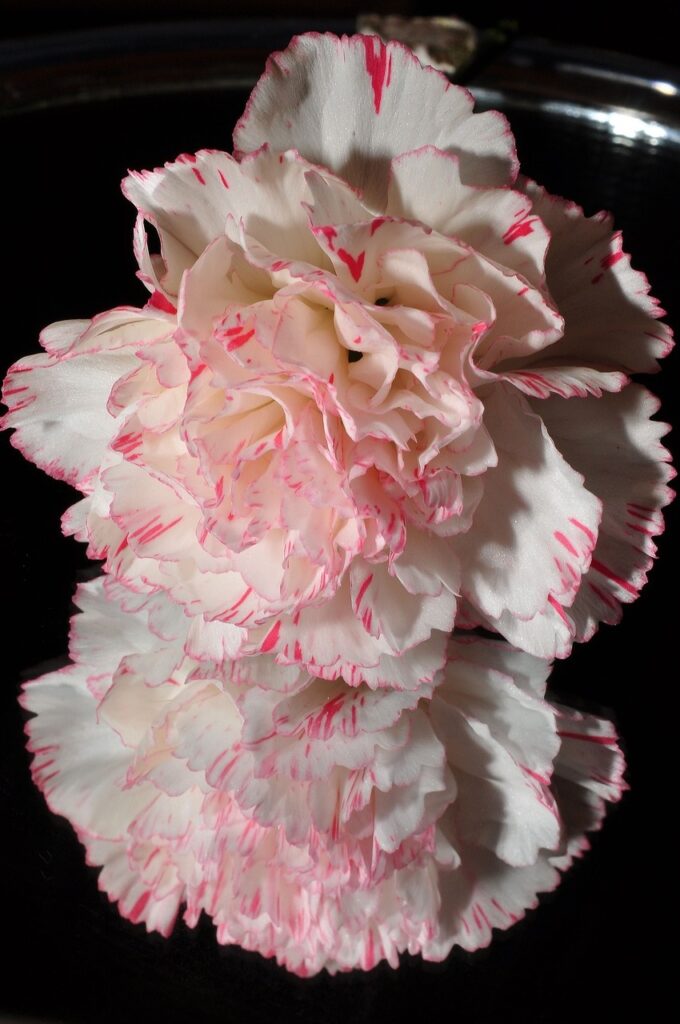
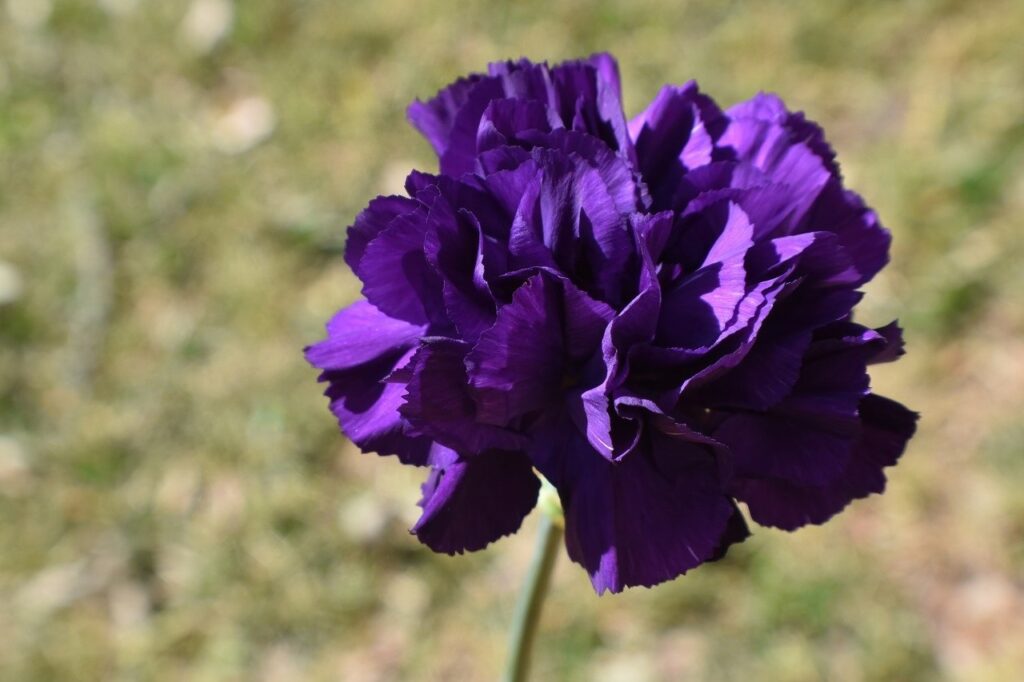
In which colors do carnations bloom?
Years ago, carnations bloomed in peach, pale pink, and white. Due to cultivation, they now bloom in several different petal patterns and in the colors of white, yellow, orange, red, purple, and green. Some carnations bloom in two colors (red and white) while others appear frosted. What a variety!
What does a carnation symbolize?
All carnations represent:
-
Love
-
Fascination
-
Remembrance
-
Distinction,
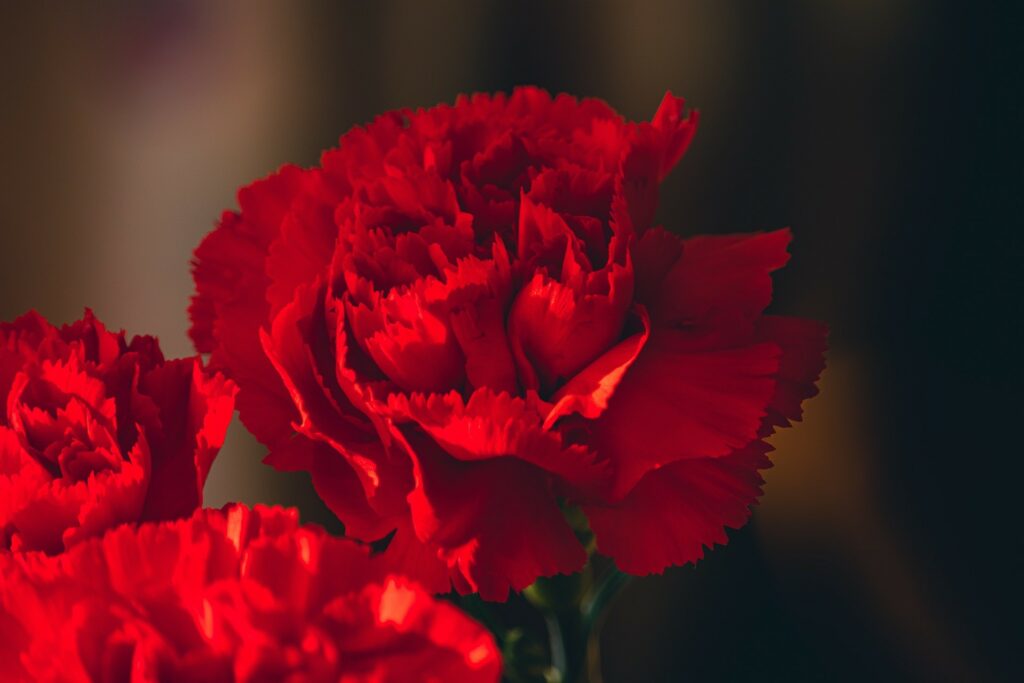
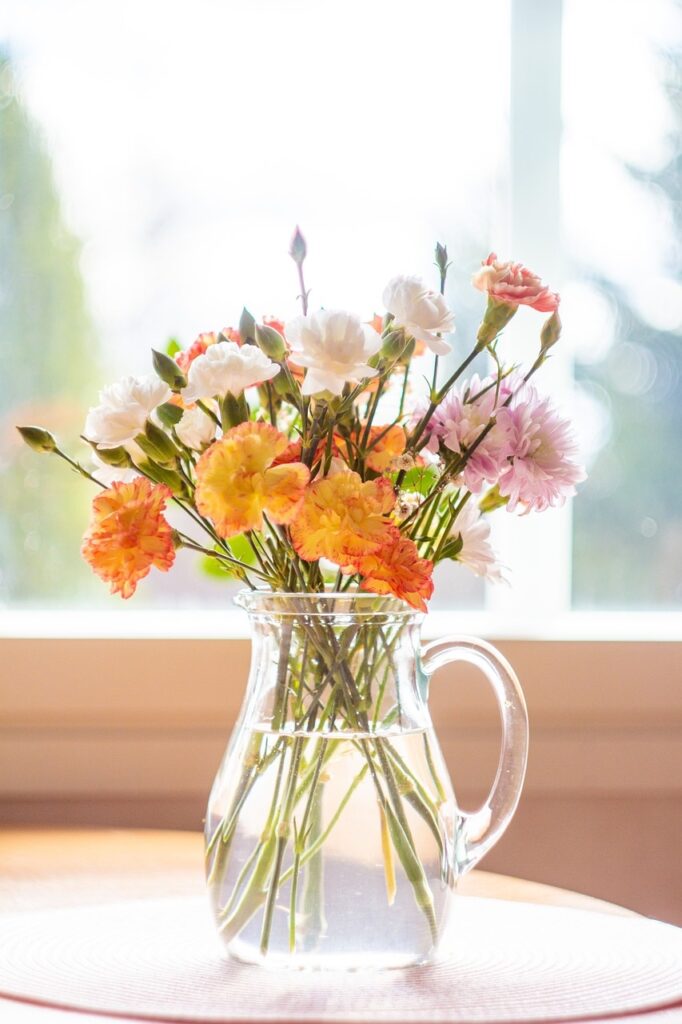
In addition, specific colors have these meanings.
-
White: innocence, pure love, purity, sweetness, and remembering a loved one. When given to a mother, it is a wish for her to have good luck.
-
Pink: A mother’s unconditional love. The flower can mean affection, gratitude, and never forgetting someone. Pink carnations are often given for Mother’s Day.
-
Light red: admiration, “my heart longs for you”
-
Dark red: deep love
-
Purple: capriciousness
-
Green carnations: Are given to teachers in gratitude for work well done or are worn on St. Patrick’s Day.
Is the carnation a state or a national flower?
Yes! The Scarlet Carnation is state flower of Ohio.
In 1904, the Ohio legislature chose this flower to honor the assassinated U.S. President William McKinley who was from Ohio.

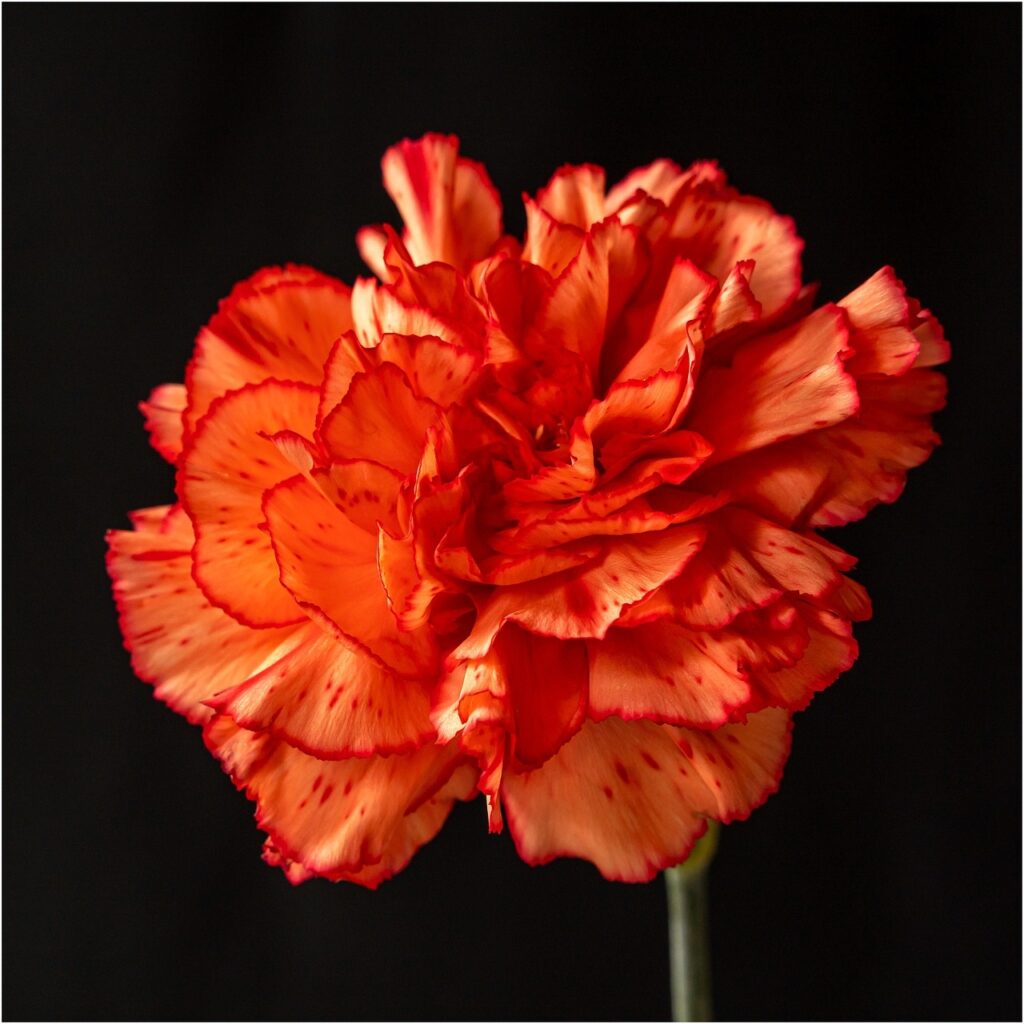
Due to a lifelong love story, the carnation is the national flower of Spain.
When Holy Roman Emperor, Charles V, married Princess Isabella of Portugal in 1526, he gave her red carnations, or what he called “the Persian flower.” She fell in love with him…and the beautiful flowers! To please her, he planted gardens full of carnations at the La Alhambra palace in Granada, Spain, where they lived.
During the 13 years of their marriage, he was faithful to her…something unusual in that time. In fact, he left her as regent to run Spain in his absences.
Snowdrop
Blooming vibrantly from January to March, this is one of the flowers which decorates winter!
The delicate white flower is found throughout Europe and the Middle East. There are several nations which hold a Snowdrop festival to celebrate this lovely flower!


How was the name “snowdrop” derived?
It is possible that the word “snowdrop” is based on the German word “Schneetropfen” which translates as “snowdrop,” a style of tear-drop shaped pearl earrings which were fashion forward in the 1500s to the 1600s in Europe.
In Europe, the flower’s name was often linked to the celebration of the Christian celebration of Candlemas on February 2 when young women wearing white robes walked in a solemn procession to church. Roman Catholics, Eastern Orthodox Christians, and specific Protestant Christians (Anglicans/Episcopalians, Methodists, and Lutherans) celebrate this day by bringing their candles for the year to church to be blessed by the priest or pastor. Since the snowdrop is often in peak bloom at this time, it is called “Candlemas Bells” in certain countries.
Around the world, the flower is called “White Ladies” or “The Fair Maids of February,” depending on where you are.
In the language of flowers, what does a snowdrop symbolize or represent?
-
Hope
-
Rebirth.


Are there other symbols related to January?
Yes! As we circle the yellow sun on our green and blue planet, the people who live a breathe here are constantly finding new ways to decode their fellow travelers around the sun. Let me give you just one example:
In Greek astrology, every month has people born under two different signs based on their birthday. For instance, in January, you could be born under Capricorn or Aquarius. In the same way, Native American astrology has two spirit animals assigned to each month.
For January, those two animals are the Snow Goose (Dec. 22-Jan. 19) and Otter (Jan. 20-Feb. 18).
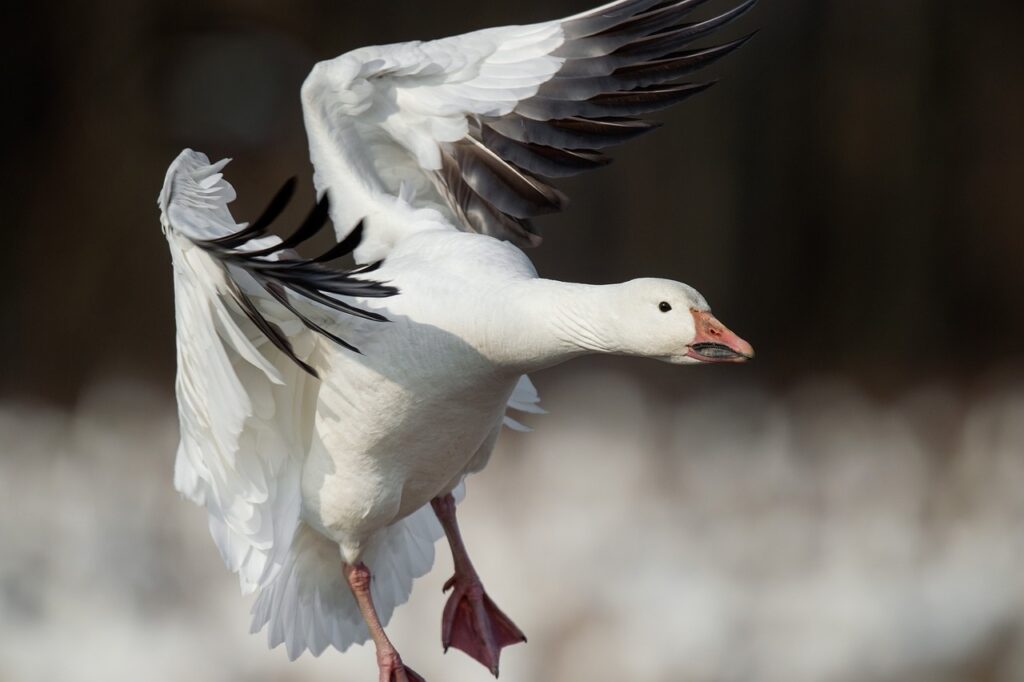

For Native Americans, the Snow Goose sign described a person who was dependable, serious, hardworking, blessed with ambition, perseverance, and determination.
The Otter described a person who was friendly, independent, dynamic, and unconventional who was blessed with great perception.
You can research other cultures to find out what they believe about those born in January for more ideas.
So how could you at your wedding honor someone born in January?
-
Add carnations and/or snowdrops to your bouquet.
-
Add red crystals to represent garnets to your bouquet. These could be at the end of a stem or glued to the leaves of the greenery in your bouquet.
-
Design a corsage with white carnations (or pink) and red crystals to represent the red garnets of January.
-
Design a corsage or floral arrangement in red and white carnations.
-
Create a corsage of carnations and snowdrops for this person.
-
Give the person a piece of jewelry with garnets in it.
-
Add a garnet to your engagement ring or another ring.
-
Give a piece of jewelry with a Snow Goose or Otter on it.
-
If you have a photo table, put a small vase of carnations and/or snowdrops near your favorite January person’s photos.
If you need more ideas, let me know!
Your friend in the wedding business,
Christie Shyne
Images to the right and above are courtesy of Pexels.com, Pixabay.com, and Unsplash.com. Images below are from Ainsworth House & Gardens.
© 2023-2024. Come Rain or Shyne, LLC. All rights reserved worldwide.



